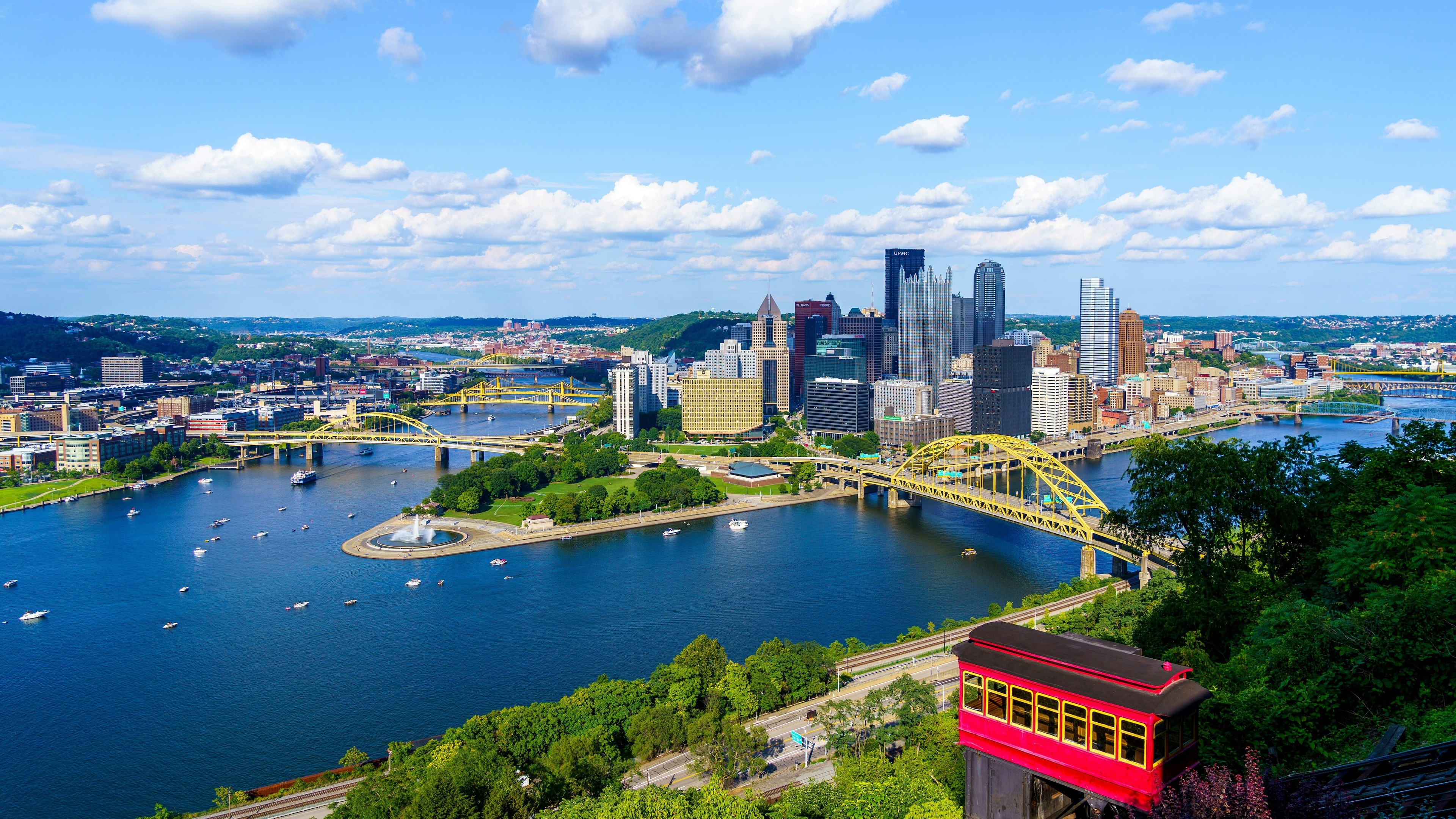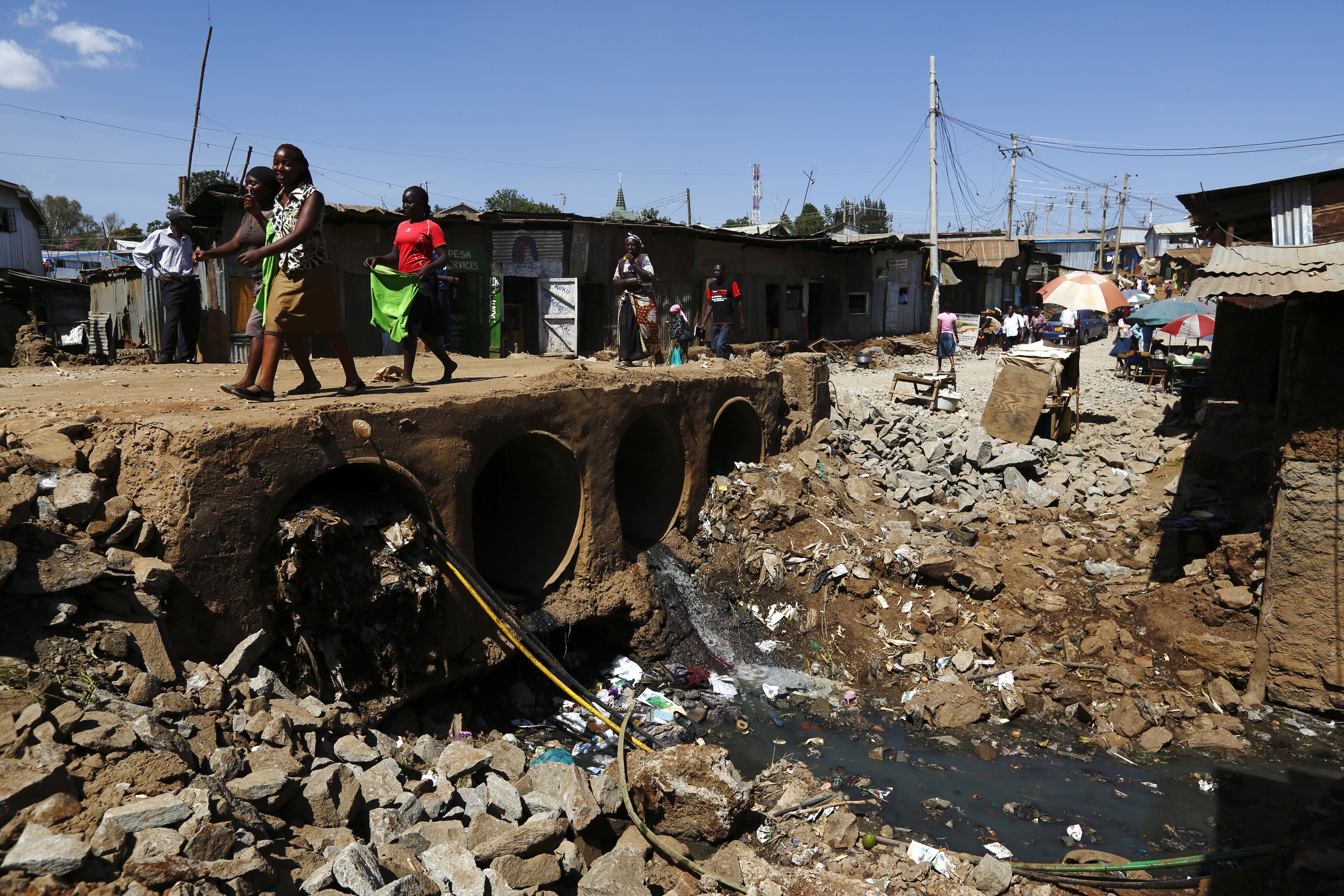Four infographics to help you understand the state of the planet

Most of us will live in smart cities by 2050.
Image: REUTERS/Simon Dawson
Stay up to date:
SDG 13: Climate Action
Listen to the article
- A growing population means we all need to change the way we live, work and travel.
- The food we eat and the way it’s made can reduce our impact on the planet.
- Most of us will live in smart cities by 2050 - but how can we make them sustainable?
- These infographics from UNEP can help us understand the scale of what we face and point to solutions.
The sheer number of people relying on the Earth’s resources to survive and thrive is putting unsustainable pressure on the planet.
The global population will reach eight billion people by 2025, according to the statisticians at Worldometer. By 2050 there will be almost 10 billion people to house, feed and clothe.
But almost every decision we make can help to reduce our impact on the planet. Where we live, how we travel and what we eat all make a difference.
These infographics from the International Resource Panel (a program launched by the United Nations Environment Programme (UNEP) and one that is connected to the Sustainable Development Goals) show the scale of the situation - and how we can rethink the way we live to sustain all life on our planet.
A menu for survival

Agriculture and fishing has a big impact on the planet. As the chart above shows, food systems are responsible for 60% of biodiversity loss on land and 61% of the total depletion of commercial fish stocks. Food systems also contribute 24% of global greenhouse gas emissions.
The challenge for the future is enormous. A 60% increase in food production is needed to feed 9 billion people. Worldometer says we’ll reach that number in 2037.
The World Economic Forum’s Future of Food initiative looks at the innovations that could provide the planet with adequate food resources to feed everyone, in a secure and sustainable manner.
Solutions include the ‘planetary health diet’, which involves a shift towards plant-based eating: more than doubling the global consumption of healthy foods such as vegetables and nuts, and a greater than 50% reduction in consumption of foods such as added sugars and red meat.
It was designed by 37 experts as part of the EAT-Lancet Commission to answer the question of how we’re going to feed a projected 10 billion people, without destroying the planet, by 2050.
What is the World Economic Forum doing to help ensure global food security?
A place to call home

As we reach the middle of the century, 66% of the world population will be living in cities.
Much of the transition from rural to urban living will happen in Asia and Africa, where many cities are already overcrowded, clogged with traffic and heavily polluted. Existing cities will need to be expanded and new ones built, according to the UNEP.
But simply expanding and building more of what we already have won’t solve the problems many cities face. A focus on ‘smart cities’ will be required.
A 2020 report from the World Economic Forum’s Global Future Council on Cities and Urbanization analyzes 25 case studies. These urban centres are already moving ahead with initiatives to create the cities of the future.
The report says: “Cities are increasingly implementing projects with smart solutions in waste management, traffic congestion, citizen safety, affordable housing, water resource management, smart buildings, efficient use of energy, renewable energy resources, facilitating navigation of autonomous vehicles, citizen participation and stakeholder consultation, to name a few.”
On the move

Emissions from transport systems are among the most significant and most damaging human impacts on the planet.
In 2018, transport was responsible for 24% of global carbon dioxide emissions from energy, according to this visualization of data from the International Energy Agency and the International Council on Clean Transportation. Road transport including cars, motorcycles, buses and taxis, accounted for 45.1% of the total emissions from transport.
The COVID-19 pandemic has fundamentally changed the way we think about where we work and how we get to the workplace and back home.
The chart above suggests that we will still need to rethink the way we travel, showing ride sharing, car sharing and using different vehicles for different types of trip will be important in lessening our impact on the planet.
It also suggests a rethink in the way we use our homes, suggesting increased household sizes and peer-to-peer lodging to maximize the use of housing units.
It’s time to trash the throwaway culture

Many wealthy nations have developed a throwaway culture where everything from fast-fashion clothing to household white goods are disposed of.
UN-Habitat says 99% of the items we purchase are thrown away within six months. It all adds up to 2 billion tonnes of waste produced globally each year, according to the World Bank.
The chart above shows how a 'circular economy' with new manufacturing processes would reduce waste and increase sustainability.
It shows how value-retention processes at the heart of production systems would prioritize reuse, repair, refurbish and remanufacture. The modelling shows this could reduce the use of raw materials by 80 - 99% and cut the sector’s greenhouse gas emissions by 79 - 99%. At the same time, such a change would reduce costs, stimulate innovation and create green jobs.
In 2017, the World Economic Forum launched the Platform for Accelerating the Circular Economy (PACE) as a platform for public and private sector leaders to take commitments and accelerate collective action towards the circular economy.
Accept our marketing cookies to access this content.
These cookies are currently disabled in your browser.
Don't miss any update on this topic
Create a free account and access your personalized content collection with our latest publications and analyses.
License and Republishing
World Economic Forum articles may be republished in accordance with the Creative Commons Attribution-NonCommercial-NoDerivatives 4.0 International Public License, and in accordance with our Terms of Use.
The views expressed in this article are those of the author alone and not the World Economic Forum.
Forum Stories newsletter
Bringing you weekly curated insights and analysis on the global issues that matter.
More on Urban TransformationSee all
Jeff Merritt and Vivian Brady-Phillips
September 1, 2025
Ridwan Sorunke and Alyse Schrecongost
August 25, 2025
Charlotte Edmond and Rebecca Geldard
August 19, 2025






